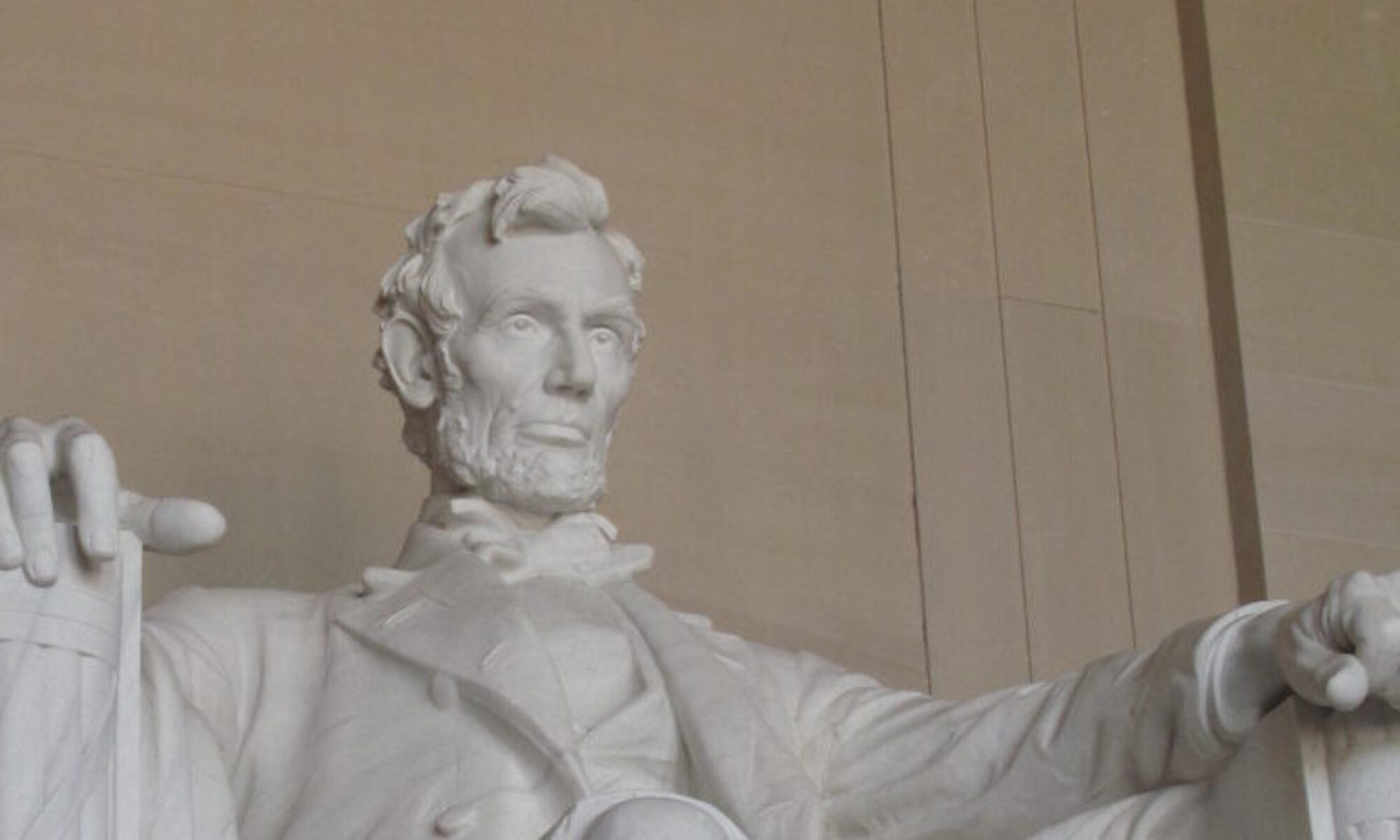July 16th is the 41st anniversary of the liftoff of three brave explorer astronauts from Cape Kennedy (now Cape Canaveral) in the greatest adventure of our modern times. It is hard to recall through the distant mirror of time the extent of the world’s focused attention, hopes, and unstated fears the crew of Neil Armstrong, Buzz Aldrin, and Michael Collins carried on their shoulders. I was young, but can still recall my own rapture and profound pride over the incredible exploits over an 8 day journey. To put its miraculous voyage in perspective, the challenge of putting astronauts on the moon and returning them safely to earth had been articulated by President John F. Kennedy only eight years earlier, at a time when the concept of a man travelling on a rocket was less than a year old and the idea of converting from a brief near earth flight to the intricacies and equipment required for planetary travel bordered on ridiculous. In the space of eight years, the United States developed three completely revolutionary space travel systems, learned to orbit, dock and walk in space, devised landing and take off systems for extraterrestrial travel, and survived crushing timetables and the disaster of first Apollo spacecraft with its launchpad fire and horrific deaths of three astronauts a mere 18 months before the successful culmination of President Kennedy’s dream in Apollo 11. The extraordinary accomplishments in so short a period of time compares uncomfortably to our current fixation on a twenty five year old launch system in the shuttle without a single advanced concept of flight leaving the drawing board over that interval, nor, with the scrubbing of the Constellation system, one in the identifiable future.
The mission required lifting payload on a rocket behemoth called Saturn 5, a three stage rocket 363 feet tall (36 stories!) filled with huge amounts of explosive fuel delivering 7.8 million pounds of propulsion thrust to escape the earth’s gravitational pull. No machine compared with its combination of height, weight, thrust and payload., or has been built since. No one whoever saw a Saturn launch failed to be forever changed by its immense beauty and power.
The journey to the moon, the landing, and the trip back to safe splashdown on July 24th was filled with so many never before firsts in flight it awed the mind – and the “perfect” landing on the moon assumed by all proved in later historical accounts to have been a near catastrophe, with Armstrong manually flying a landing craft due to failure of the onboard computer ( a computer with a computer containing the hard drive computing power and memory of a hand held calculator), Aldrin rapidly making navigation assumptions and residual fuel estimates with a slide rule, the original “safe” landing zone missed approaching instead a field of house sized boulders as the inevitable landing target, and a landing decision past the point of feasible safe landing abort – a touchdown with only 13 seconds of fuel left to fly. We who were watching heard only the mission control statement “you have a bunch of guys ready to turn blue here”, a understated description of the true emotions attached to the avoided catastrophe by those in the know.
Many have remarked that the rush to the moon ultimately did little to change lives here on earth and spent too much money better used for other services. I beg to differ; programs such as Apollo are critical to the human experience and promote its deepest aspirations and creative instincts. In a nation that has turned its back on the sky above it, a whole new adventure to bind us, thrill us, and renew us is worth every penny.
